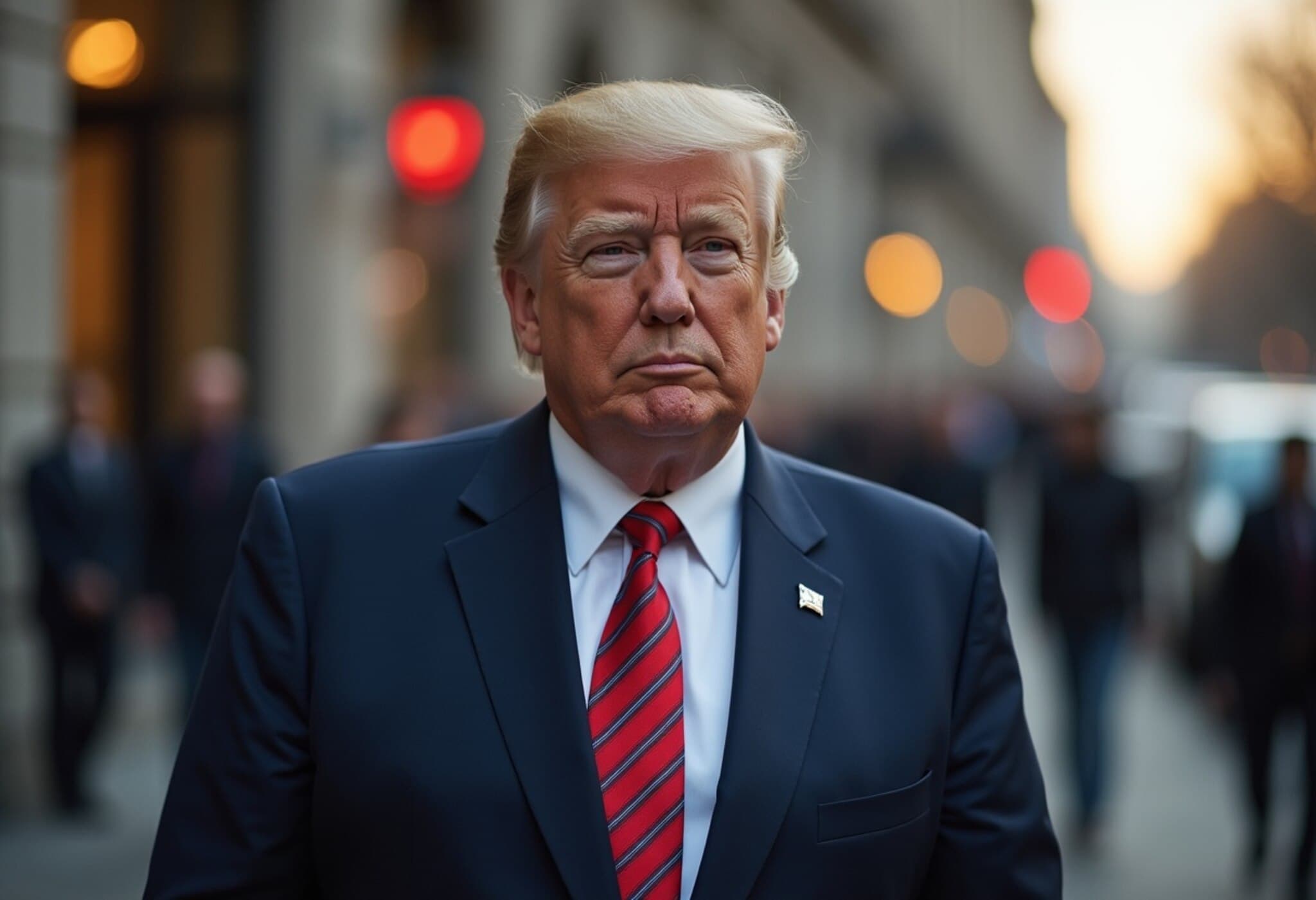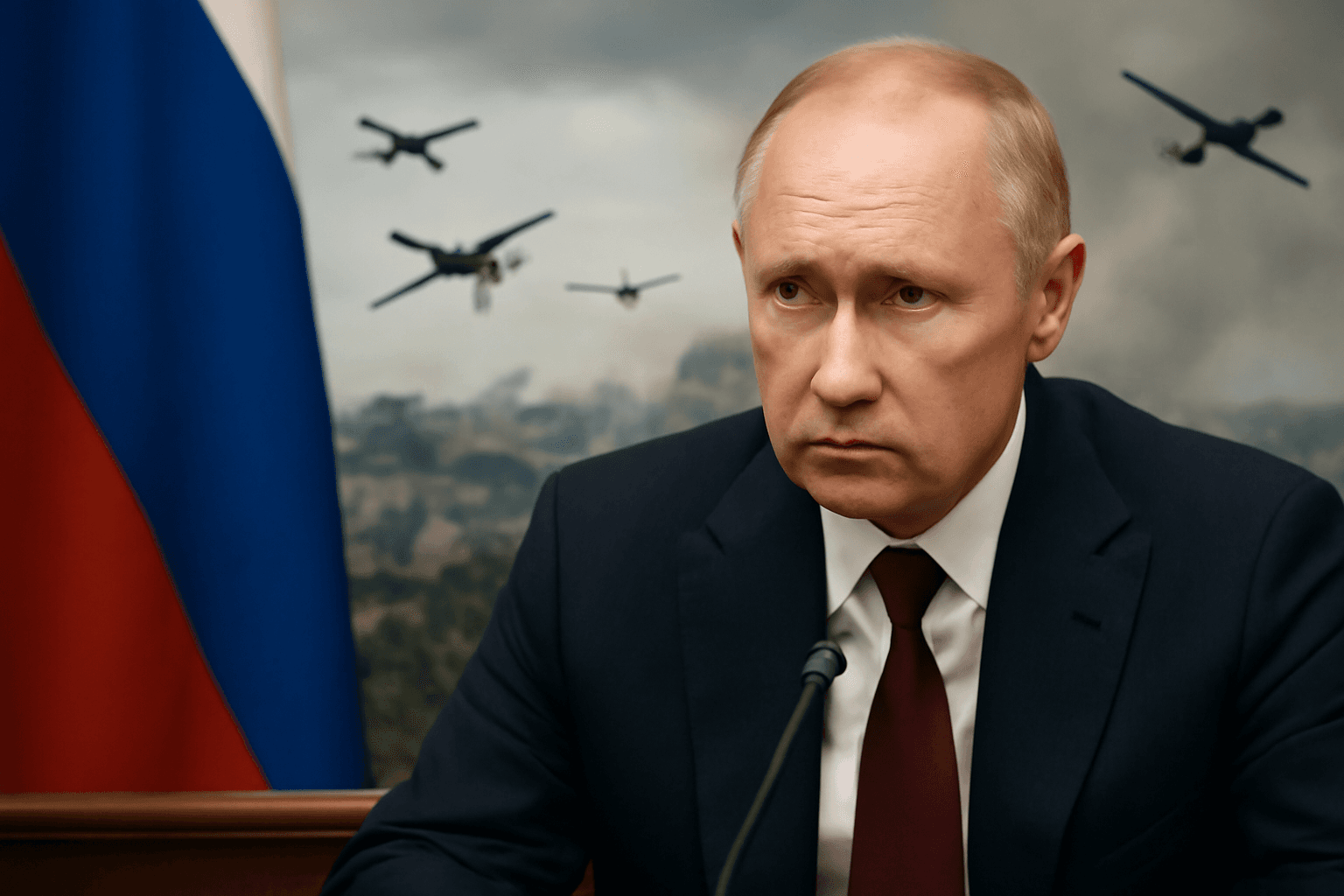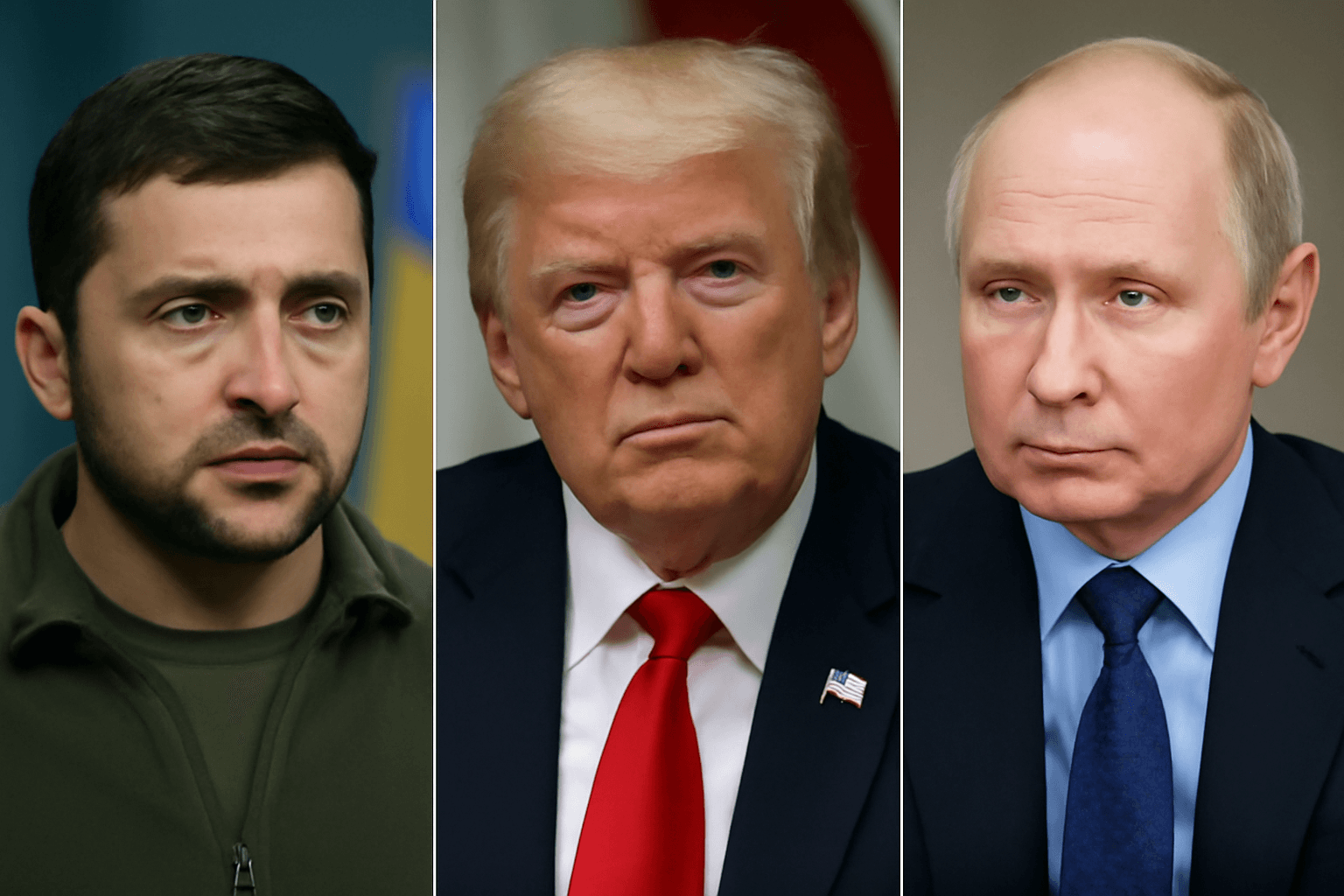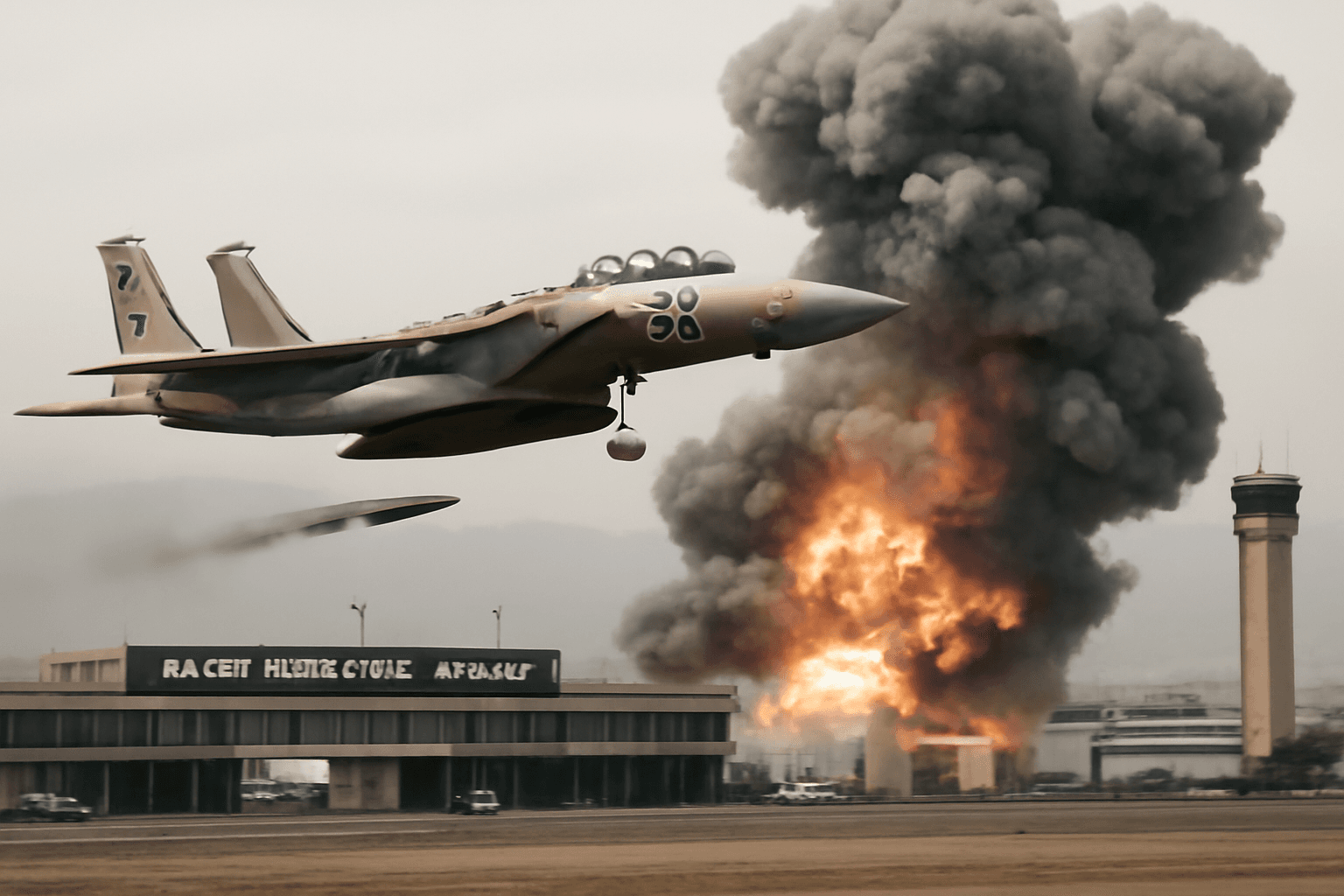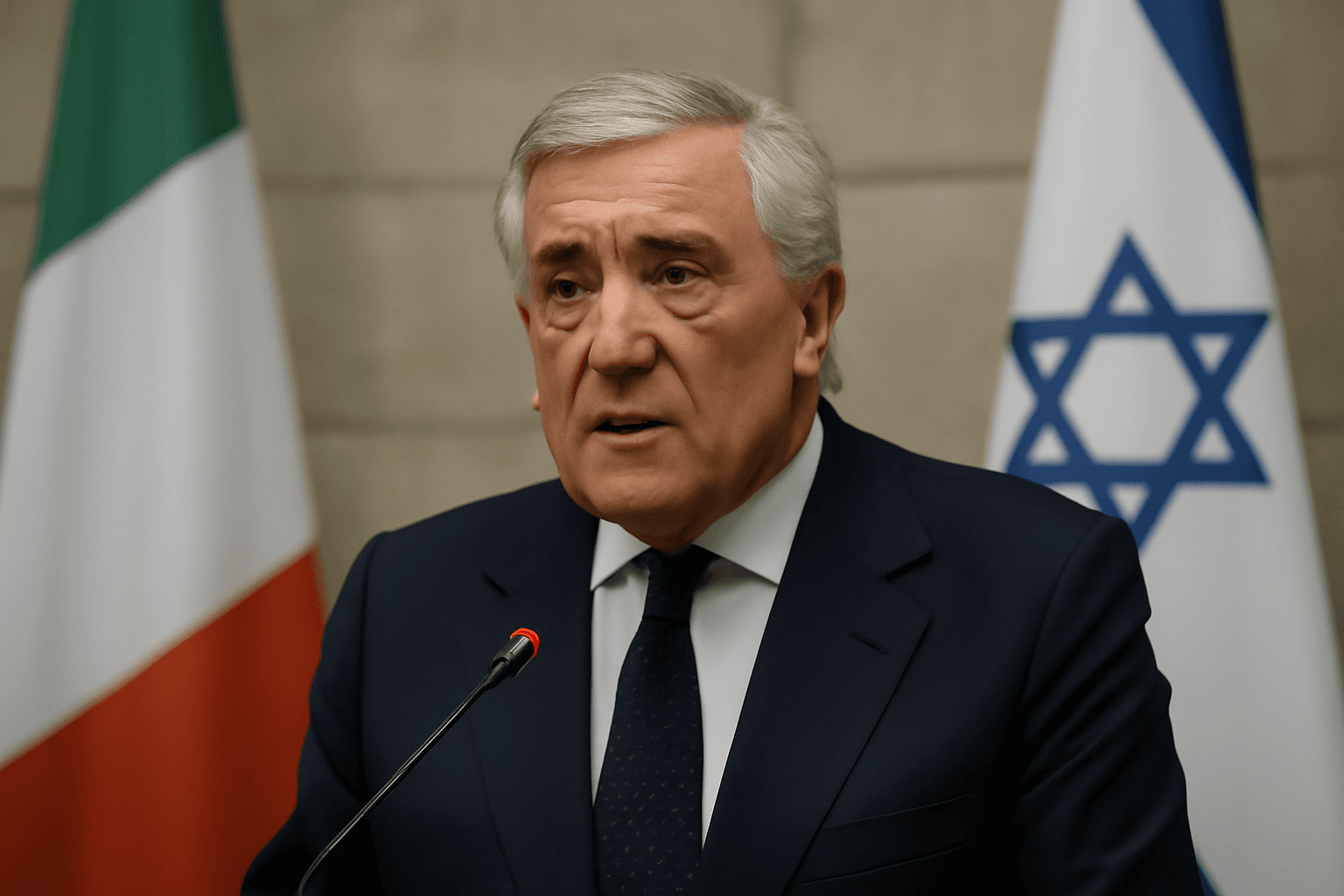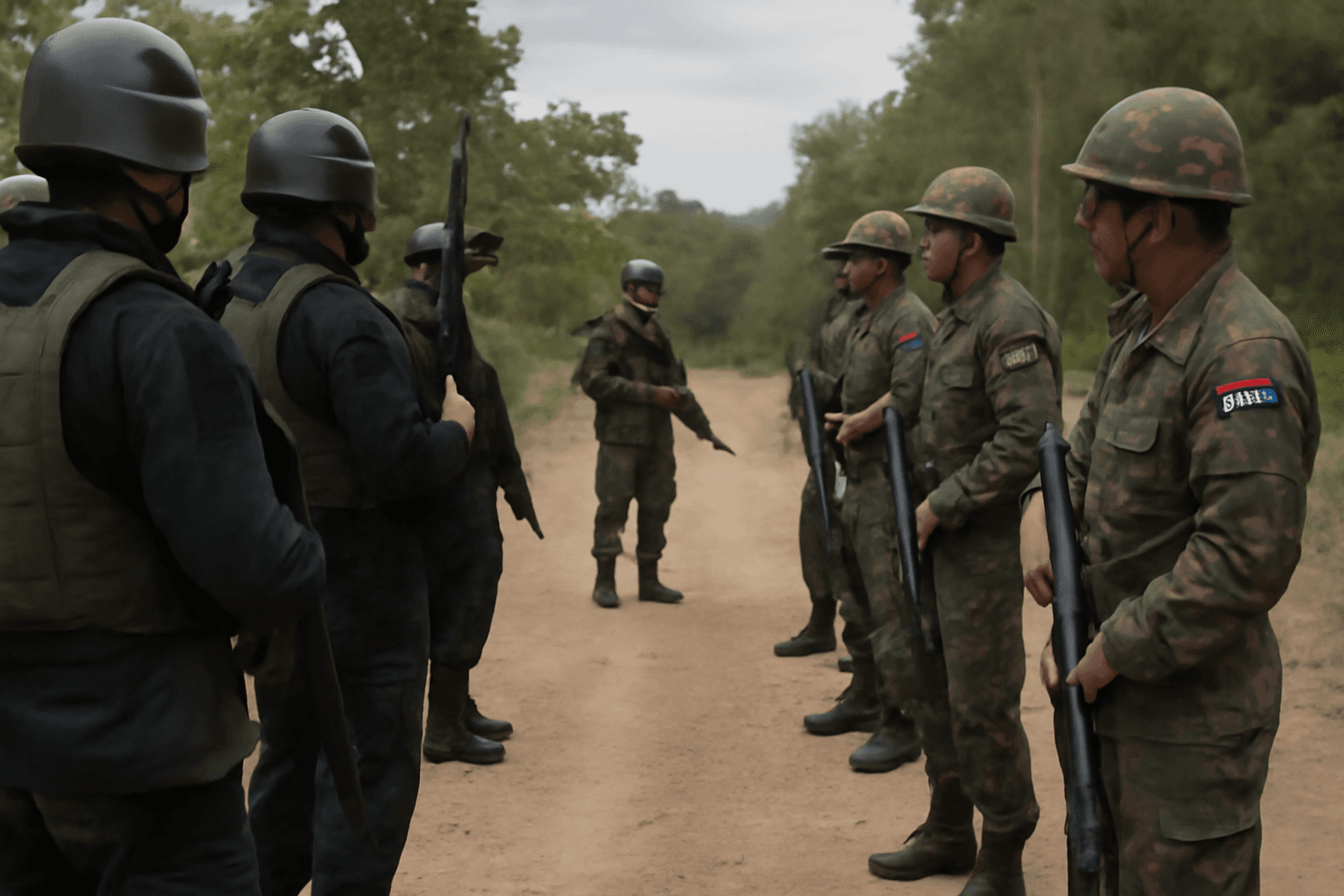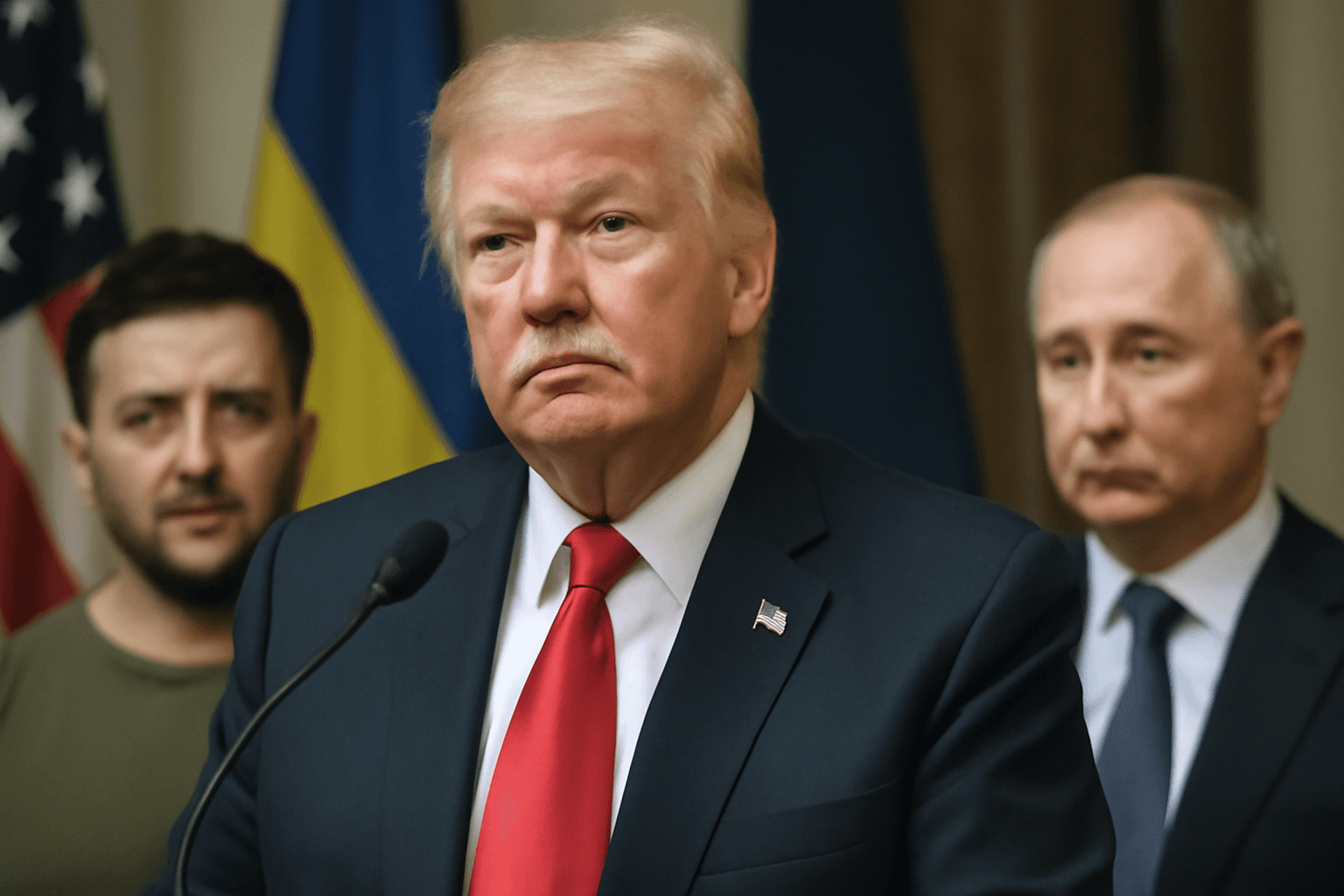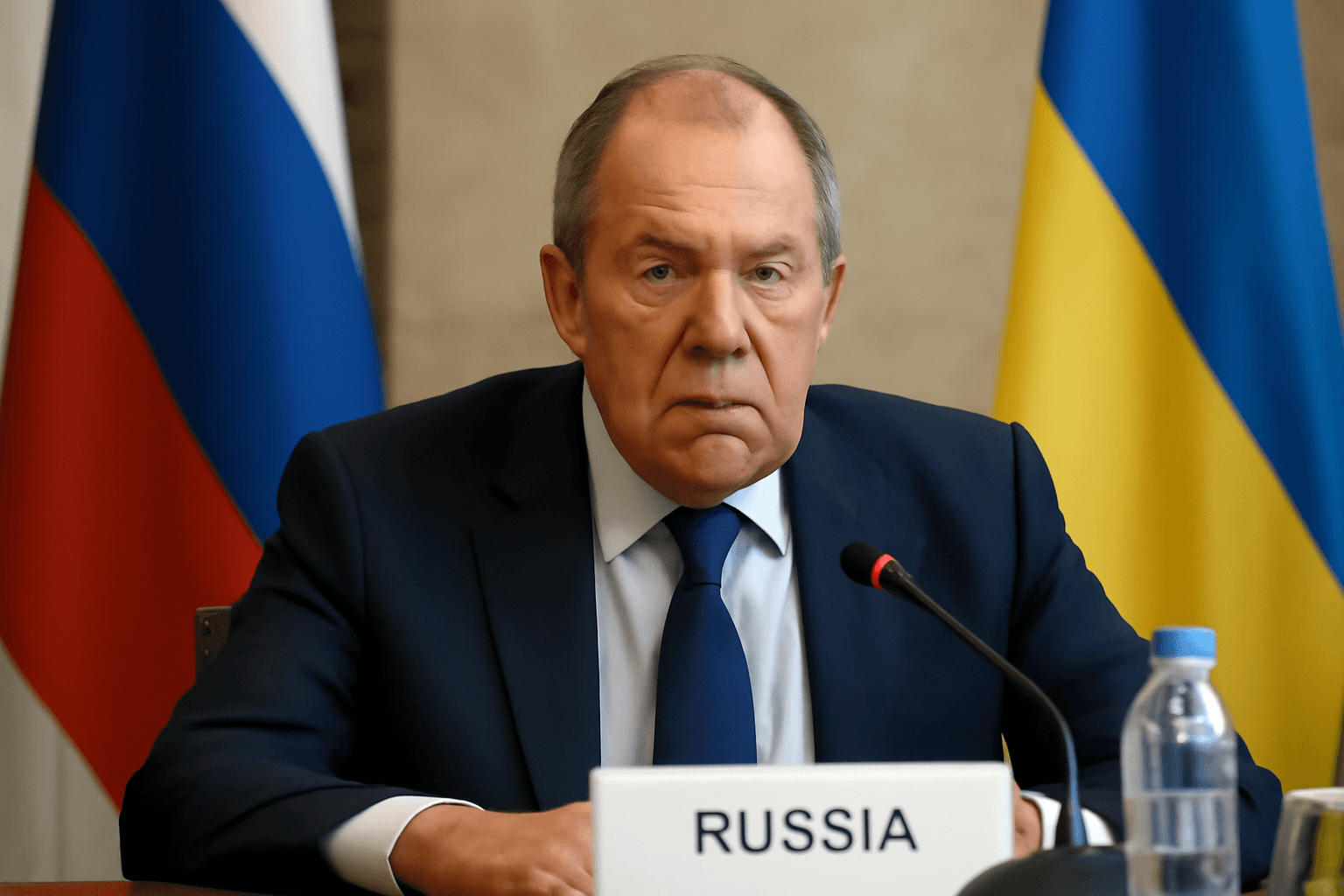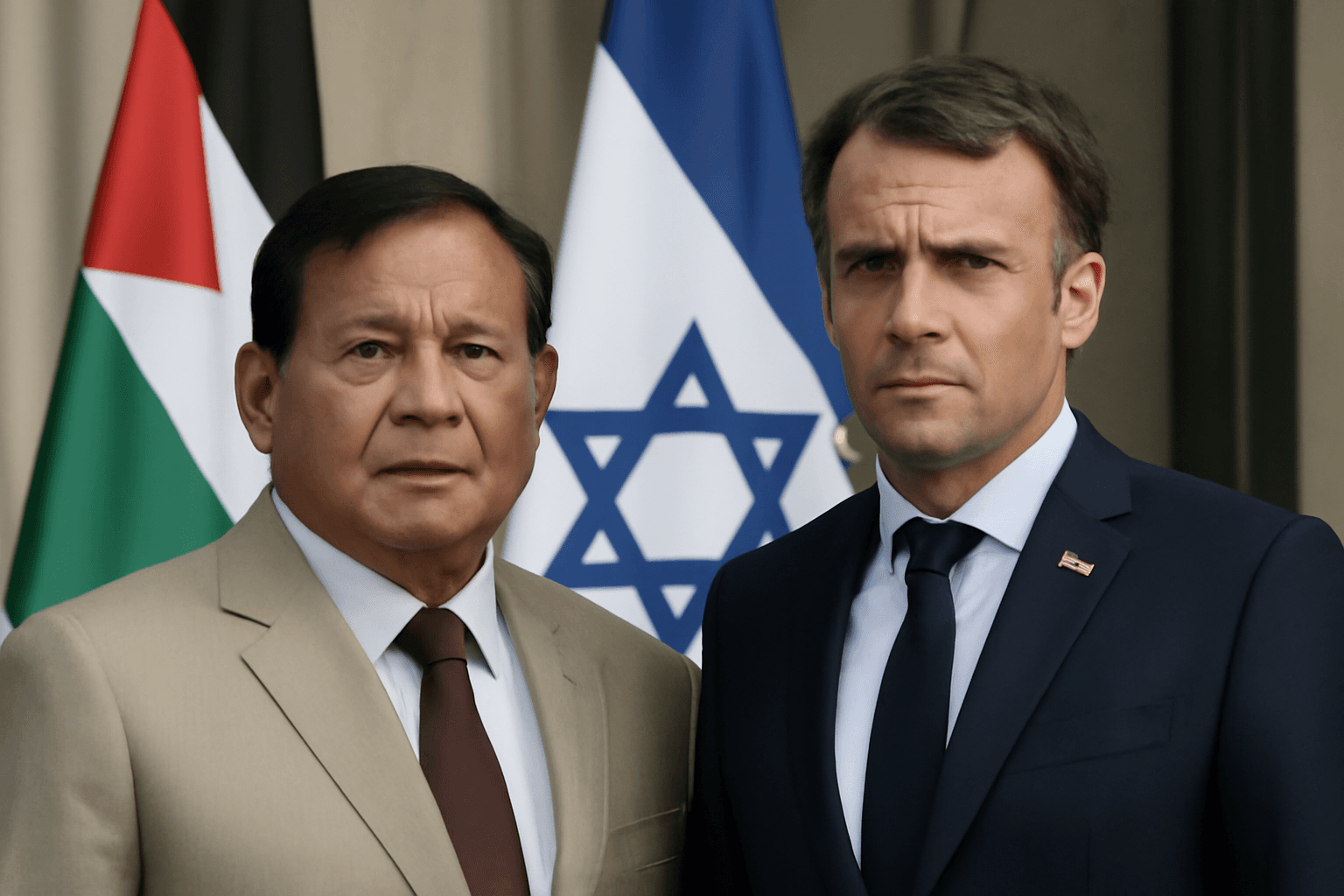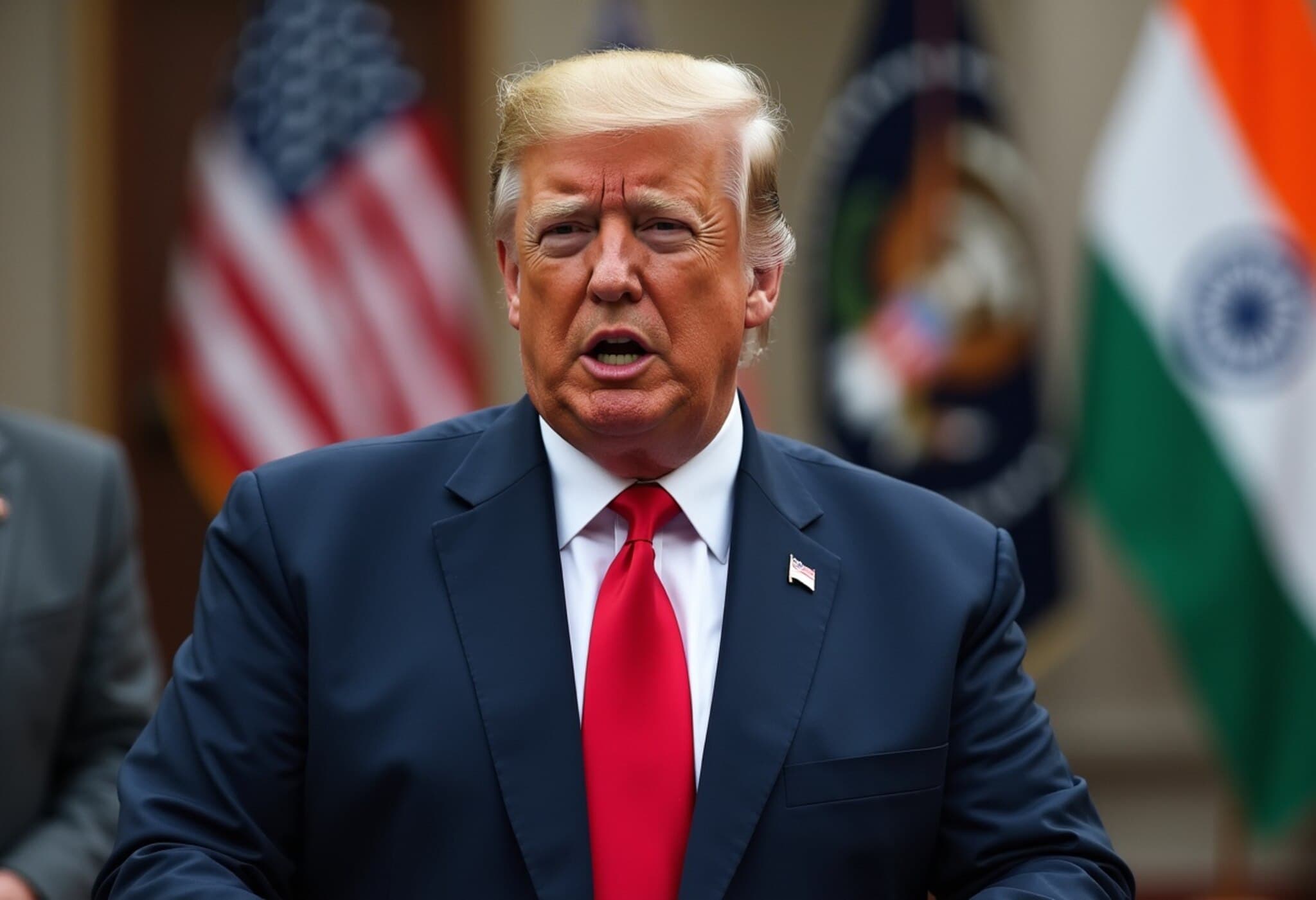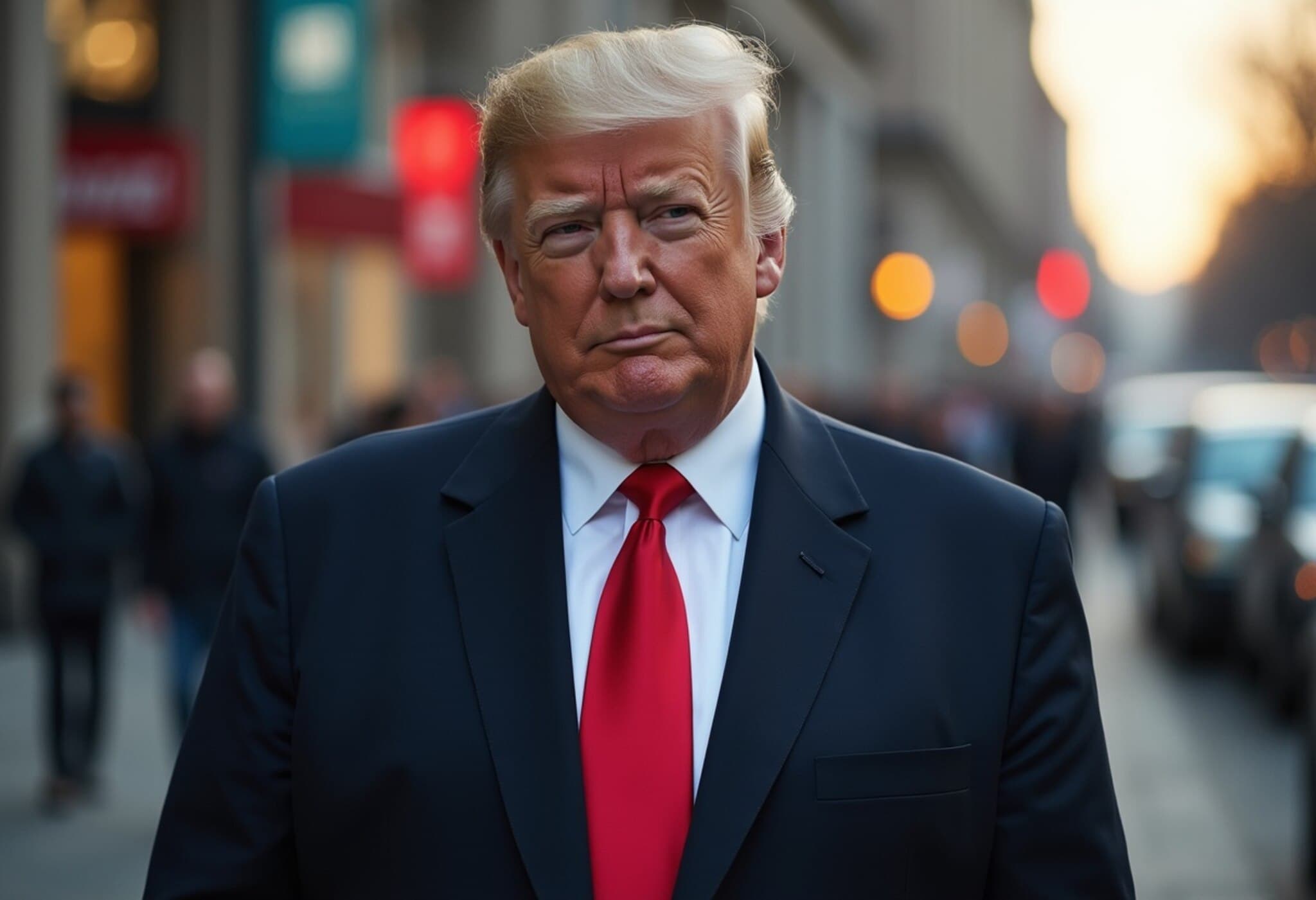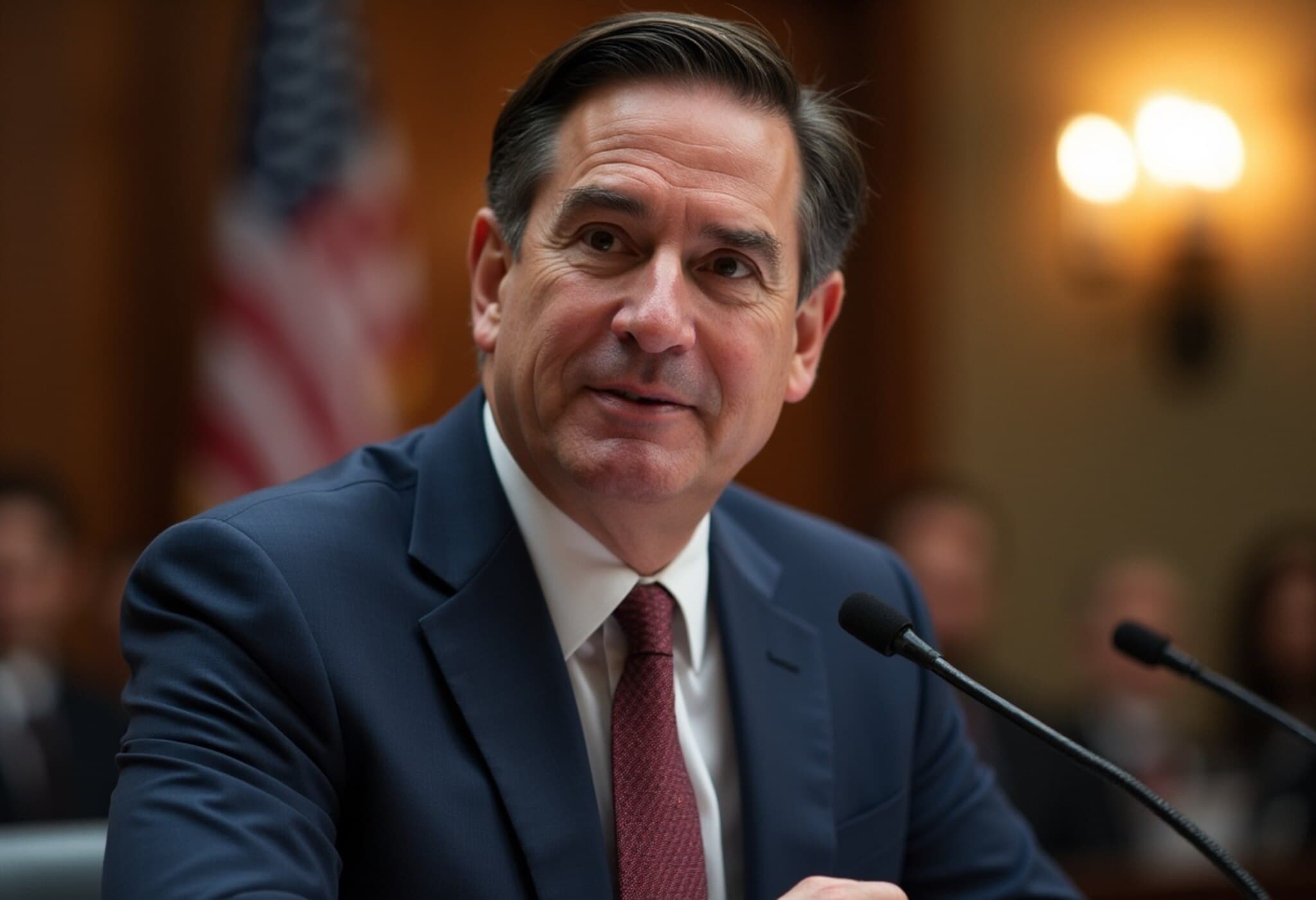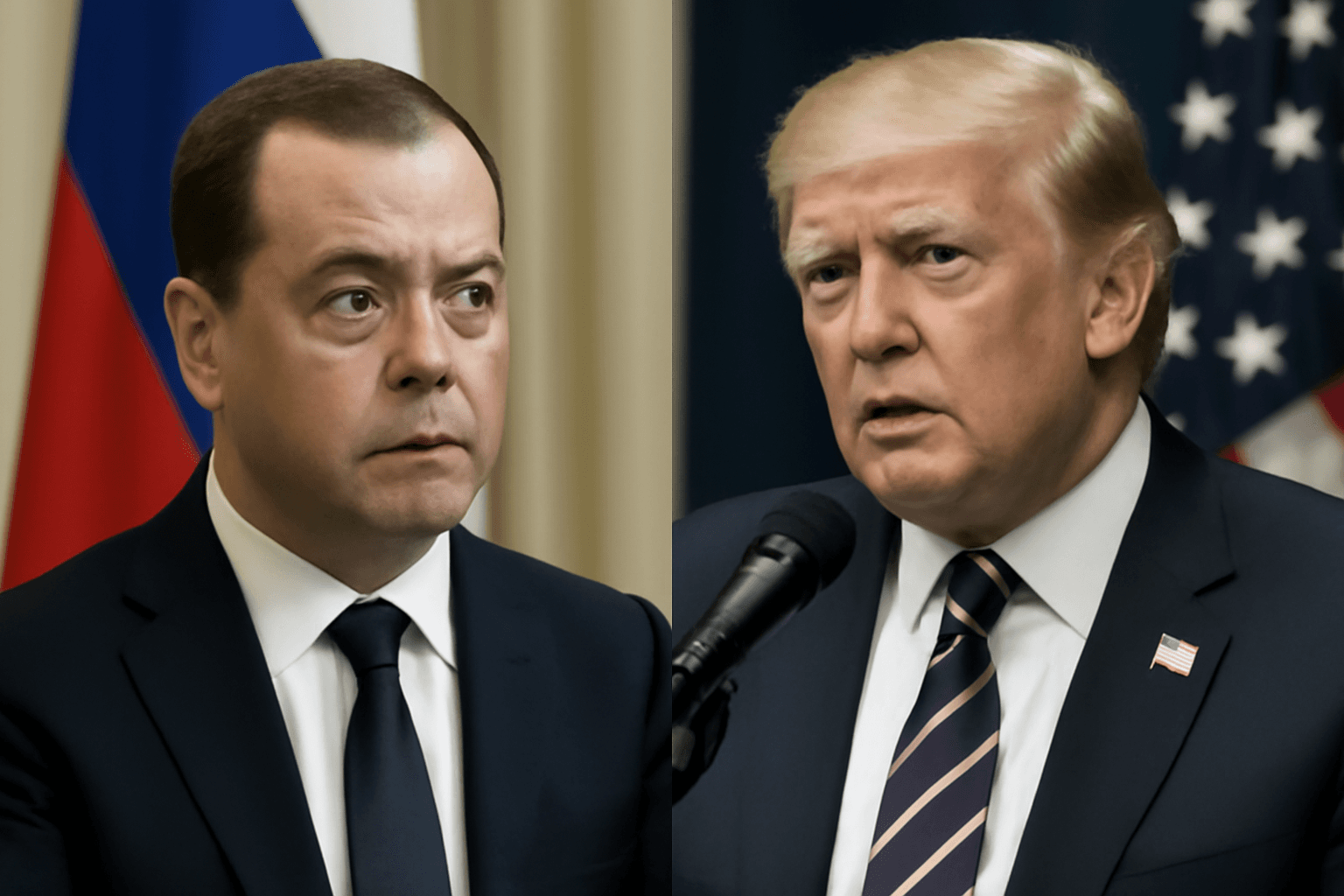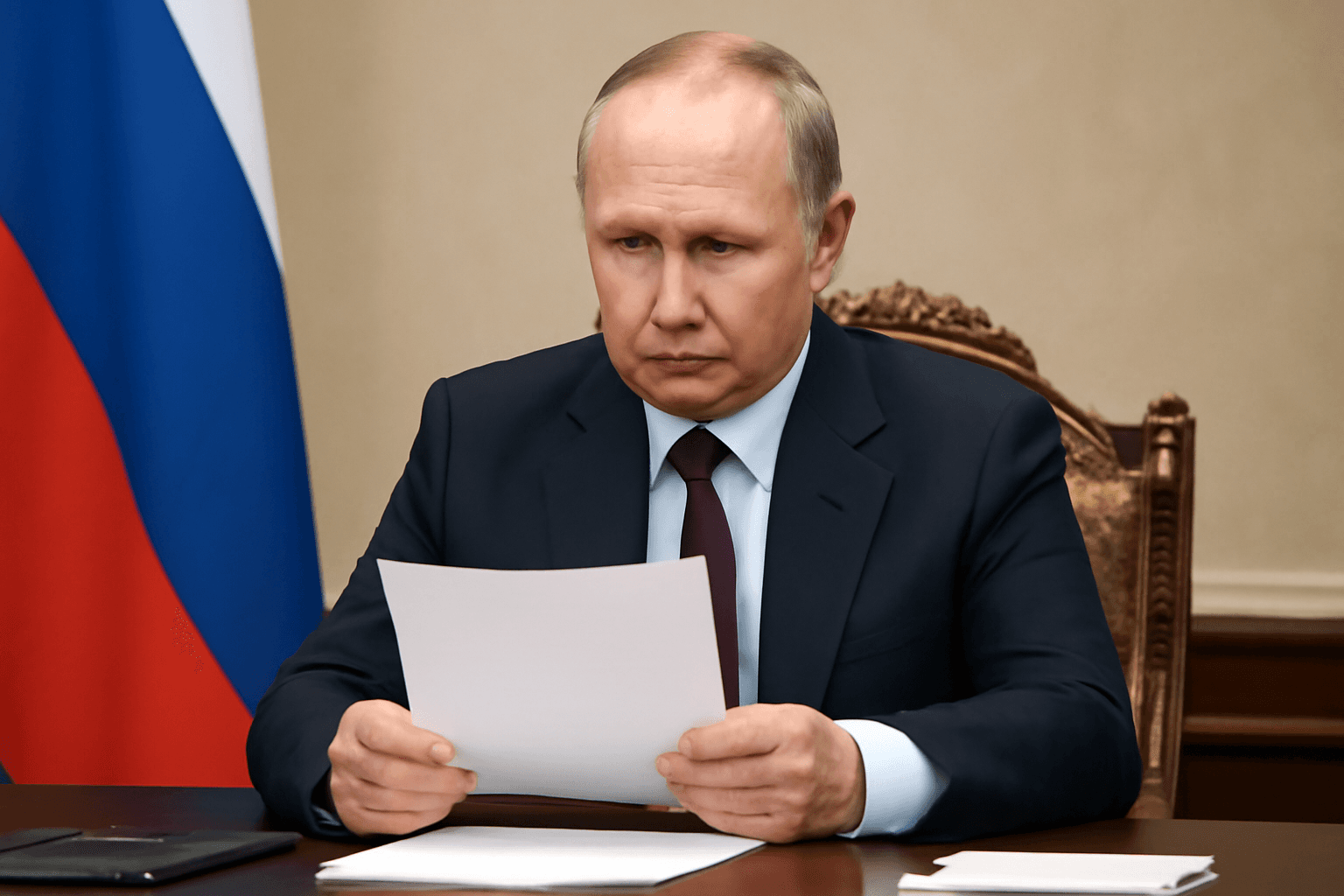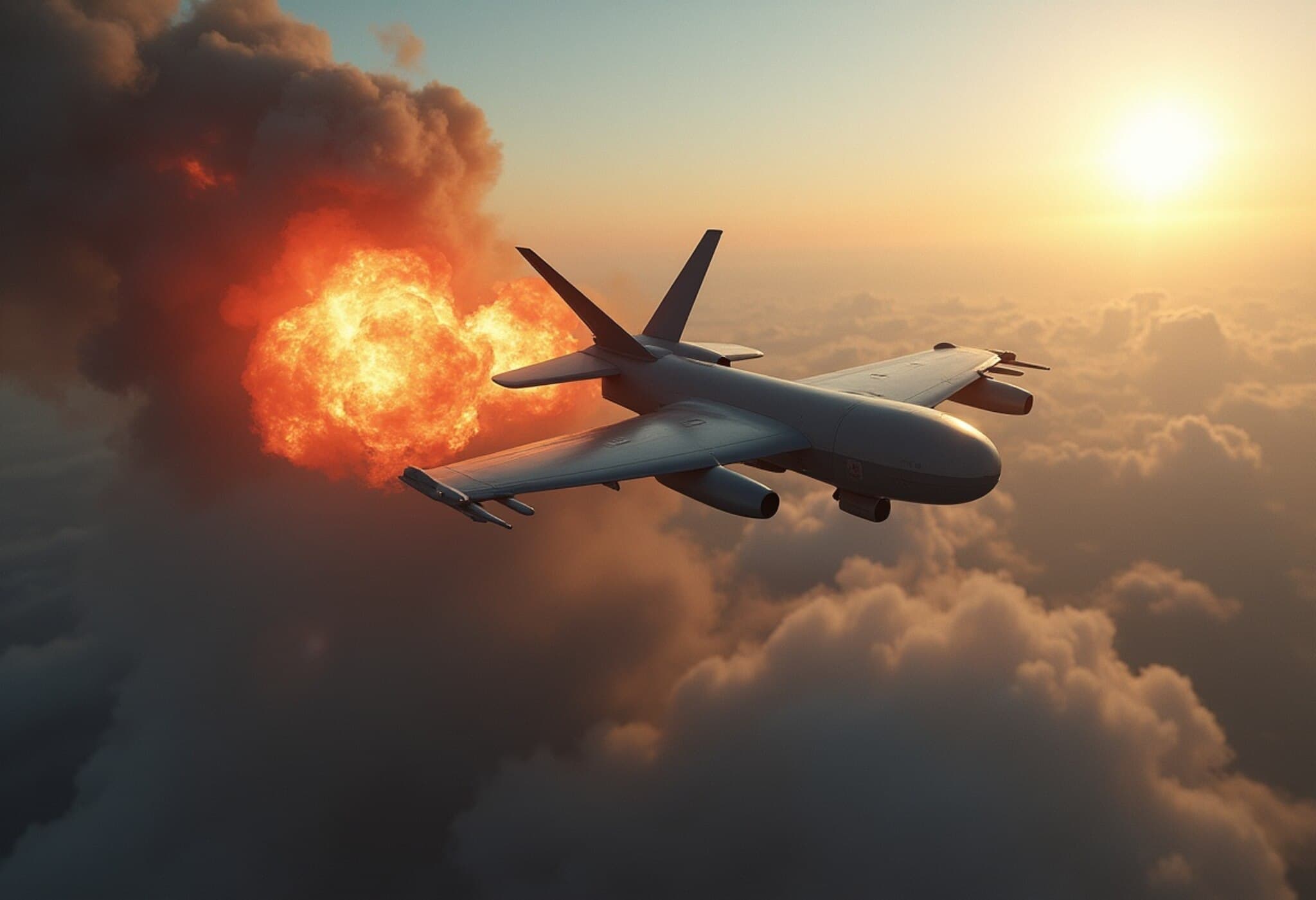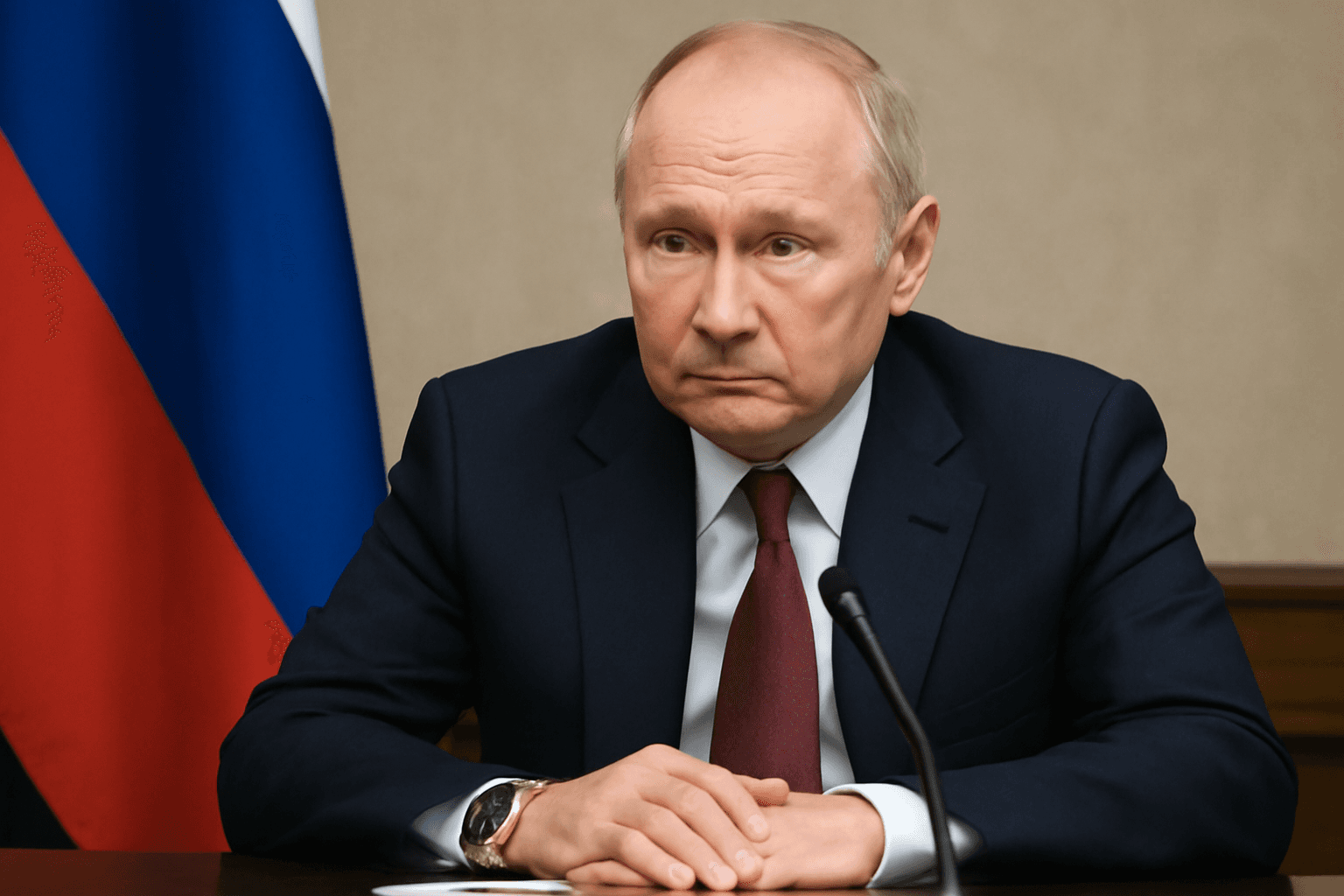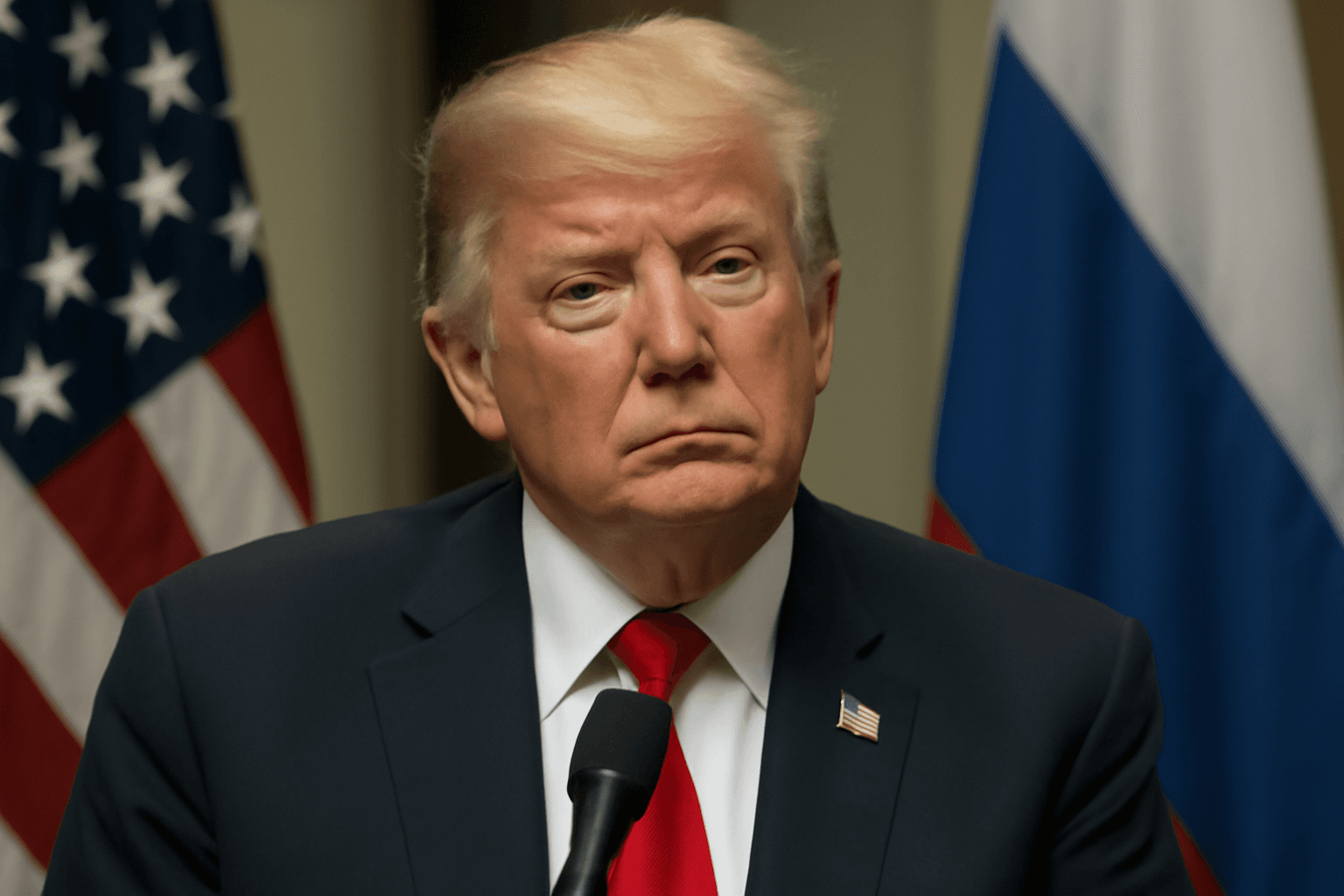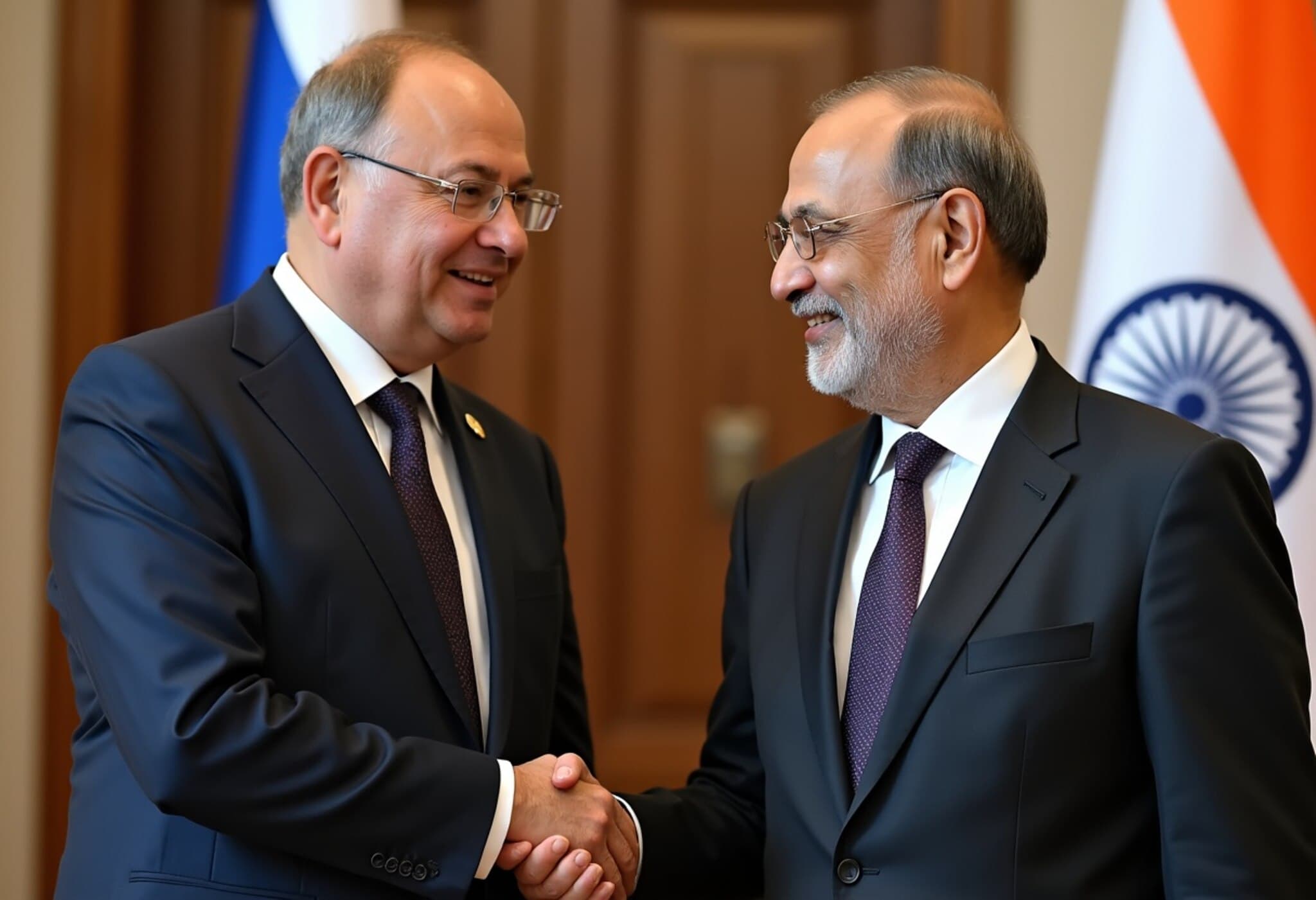US Vice President J.D. Vance Calls for Europe to Shoulder Ukraine’s Defense
In a significant development reflecting a recalibration of US policy on the ongoing conflict in Ukraine, Vice President J.D. Vance has openly stated that Europe must assume the "lion’s share" of responsibility in securing Kyiv’s safety against Russian aggression. This stance underscores growing calls within Washington to reconsider America’s role in the conflict.
Vance’s Message: Europe’s Security, Europe’s Burden
Speaking on Fox News, Vance made it clear: "I don’t think we should carry the burden here…. The president certainly expects Europe to play the leading role." Emphasizing the geographic and strategic stakes, he reasoned that since Ukraine is part of Europe's neighborhood, it falls primarily on European nations to defend it.
He further insisted, "no matter what form this takes, the Europeans are going to have to take the lion’s share of the burden", signaling that US direct involvement may become more limited moving forward.
Context: Shifting US Policy and Military Aid Debates
This pivot comes amid persistent debates within the US about the scale and sustainability of aid to Ukraine. Former President Donald Trump has been a vocal critic of the billions of dollars in American military assistance sent to Kyiv and has consistently rejected the idea of the US deploying troops on Ukrainian soil. Instead, Trump has floated the idea of limited air support and has called for European countries to share more of the load.
Supporting this, several European nations have begun forming a so-called "coalition of the willing" to provide military forces and bolster Ukraine’s defense capabilities. Still, the challenge remains daunting given Russia’s control over roughly 20% of Ukrainian territory.
Territorial Disputes Complicate Peace Prospects
The territorial dimension remains one of the most contentious hurdles. Vance acknowledged Russia’s ambition to hold on to Ukrainian lands, "most of which they have occupied but some of which they haven’t." He hinted that any peace negotiations are likely to include discussions of “land-swapping” or territorial adjustments.
On the other hand, Ukrainian President Volodymyr Zelenskyy has been unequivocal in rejecting any cession of territory, a position enshrined in Ukraine’s constitution. Zelenskyy’s stance reflects the broader national sentiment that sovereignty and territorial integrity are non-negotiable, even as military pressures persist.
Diplomatic Efforts and Political Crosscurrents
Amid this complex milieu, US Senator Marco Rubio is scheduled to meet with European counterparts to explore avenues to revive a peace process. However, progress has been sluggish, highlighting the difficulty in balancing military support, diplomatic negotiation, and domestic political pressures on all sides.
Expert Insight: Assessing the US-Europe Dynamic
From a strategic perspective, Vance’s comments reflect an evolving US approach that prioritizes burden-sharing among allies and acknowledges the limits of American engagement. This shift aligns with a broader trend of the US seeking to avoid prolonged direct military commitments abroad, focusing instead on enabling regional powers to assume leadership roles.
However, this realignment raises critical questions: Can Europe effectively unify and mobilize sufficient military and financial resources to protect Ukraine? How will such a shift impact NATO’s cohesion and the overall deterrence posture against Russia?
Moreover, the debate over territorial concessions touches on the heart of international law and the principle of sovereignty, setting a challenging precedent for post-conflict resolutions worldwide.
What Lies Ahead for Ukraine?
- Military Sustainability: Continued reliance on European military support will test transatlantic partnerships.
- Diplomatic Negotiations: Firm stances on land sovereignty may prolong conflict but emphasize Ukraine’s resolve.
- US Domestic Politics: Pressure to limit American expenditure abroad may further encourage regional leadership roles.
Editor’s Note
As the war in Ukraine stretches into its third year, the shifting dynamics between the US and Europe prompt both optimism and concern. While increased European leadership might bring fresh energy and resources, it also exposes fault lines in allied unity and raises complex questions about the future of territorial integrity and international security arrangements. Observers should watch closely how these geopolitical calculations evolve—and how they ultimately shape the fate of Ukraine and the stability of the region.

